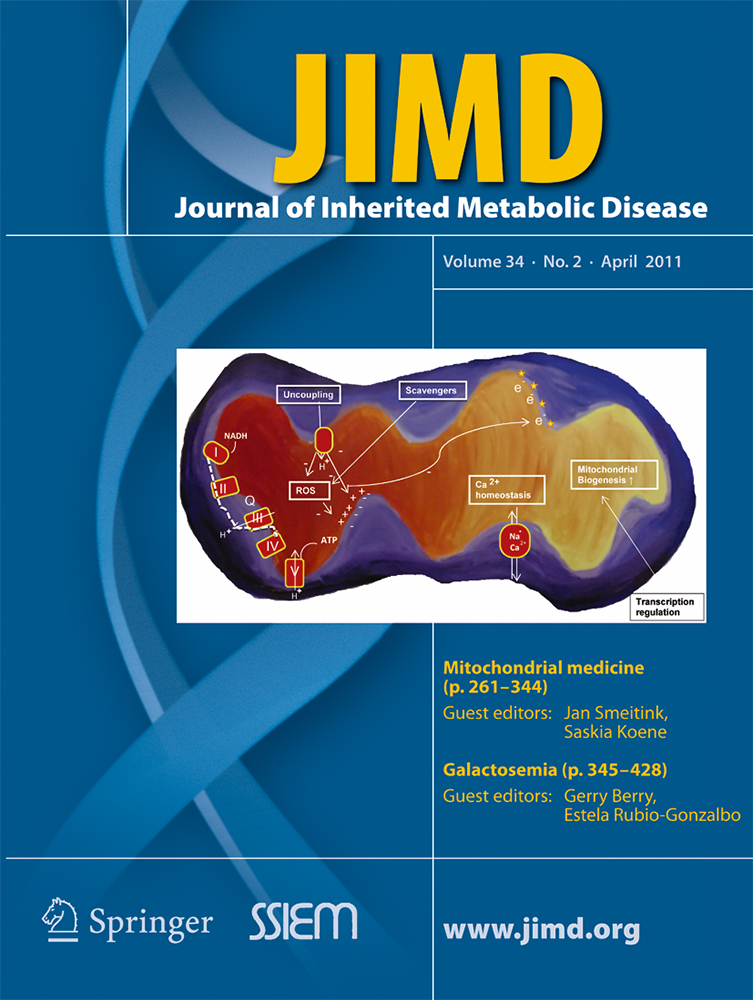Pyridoxal 5'-phosphate in cerebrospinal fluid; factors affecting concentration
Communicated by: K. Michael Gibson
Competing interest: None declared
Abstract
Analysis of pyridoxal 5′-phosphate (PLP) concentration in 256 cerebrospinal fluid (CSF) samples from patients with neurological symptoms showed that the variance is greater than indicated by previous studies. The age-related lower reference limit has been revised to detect inborn errors of metabolism that lead to PLP depletion without a high false positive rate: <30 days, 26 nmol/L; 30 days to 12 months, 14 nmol/L; 1-2 years, 11 nmol/L; >3 years, 10 nmol/L. Inborn errors leading to PLP concentrations below these values include pyridoxine-dependent epilepsy due to antiquitin deficiency, and molybdenum cofactor deficiency that leads to the accumulation of sulfite, a nucleophile capable of reacting with PLP. Low PLP levels were also seen in a group of children with transiently elevated urinary excretion of sulfite and/or sulfocysteine, suggesting that there may be other situations in which sulfite accumulates and inactivates PLP. There was no evidence that seizures or the anticonvulsant drugs prescribed for patients in this study led to significant lowering of CSF PLP. A small proportion of patients receiving L-dopa therapy were found to have a CSF PLP concentration below the appropriate reference range. This may have implications for monitoring and treatment. A positive correlation was seen between the CSF PLP and 5-methyl-tetrahydrofolate (5-MTHF) and tetrahydrobiopterin (BH4) concentrations. All are susceptible to attack by nucleophiles and oxygen-derived free-radicals, and CSF has relatively low concentrations of other molecules that can react with these compounds. Further studies of CSF PLP levels in a wide range of neurological diseases might lead to improved understanding of pathogenesis and possibilities for treatment.




